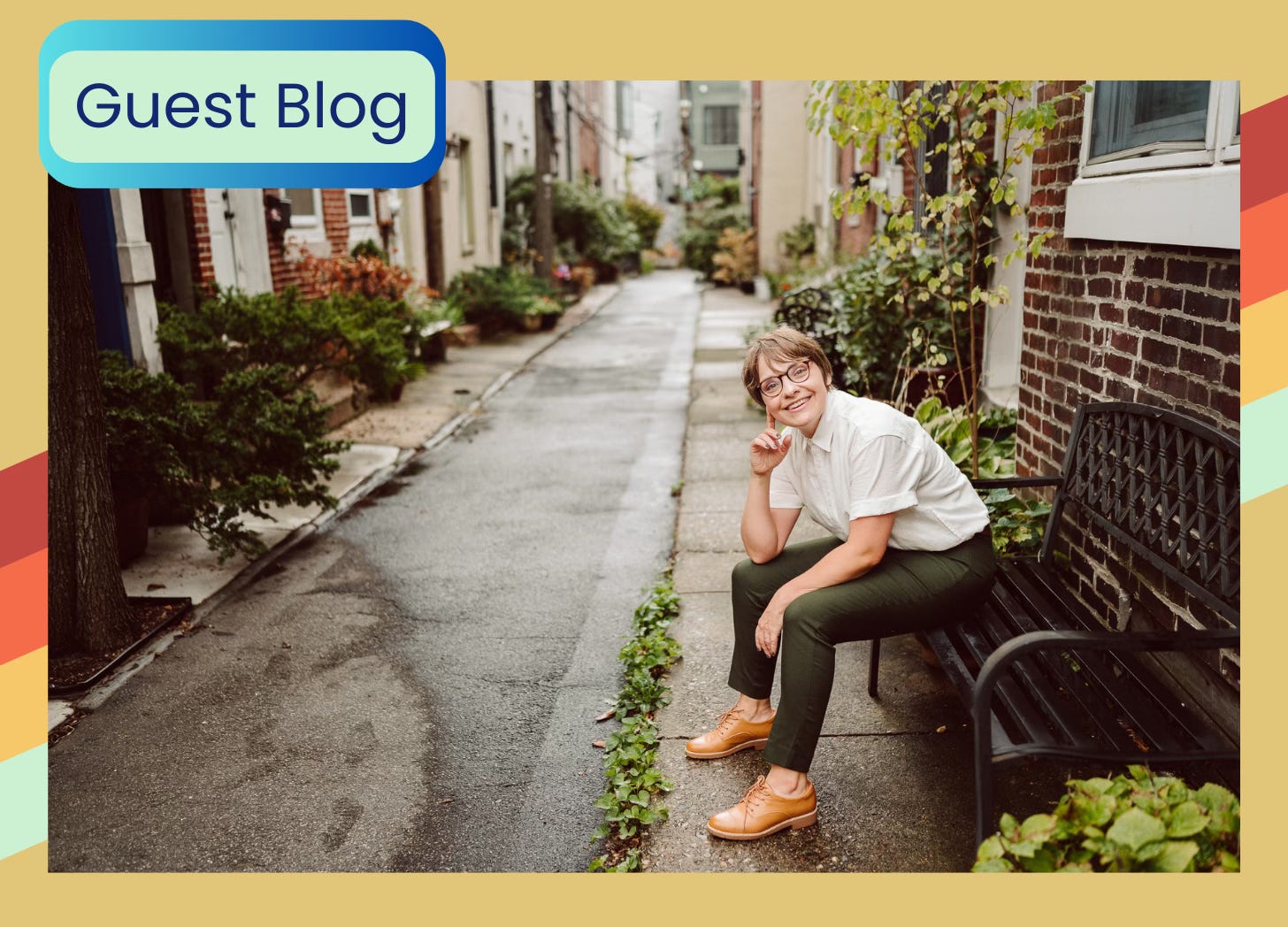Guest Blog: When Self-discovery and Diagnosis Intertwine
Read now (7 mins) | On finding the rare dragon who encouraged me to soar to great heights
Keep reading with a 7-day free trial
Subscribe to Autistic Culture Institute | Where autism meets identity! to keep reading this post and get 7 days of free access to the full post archives.




